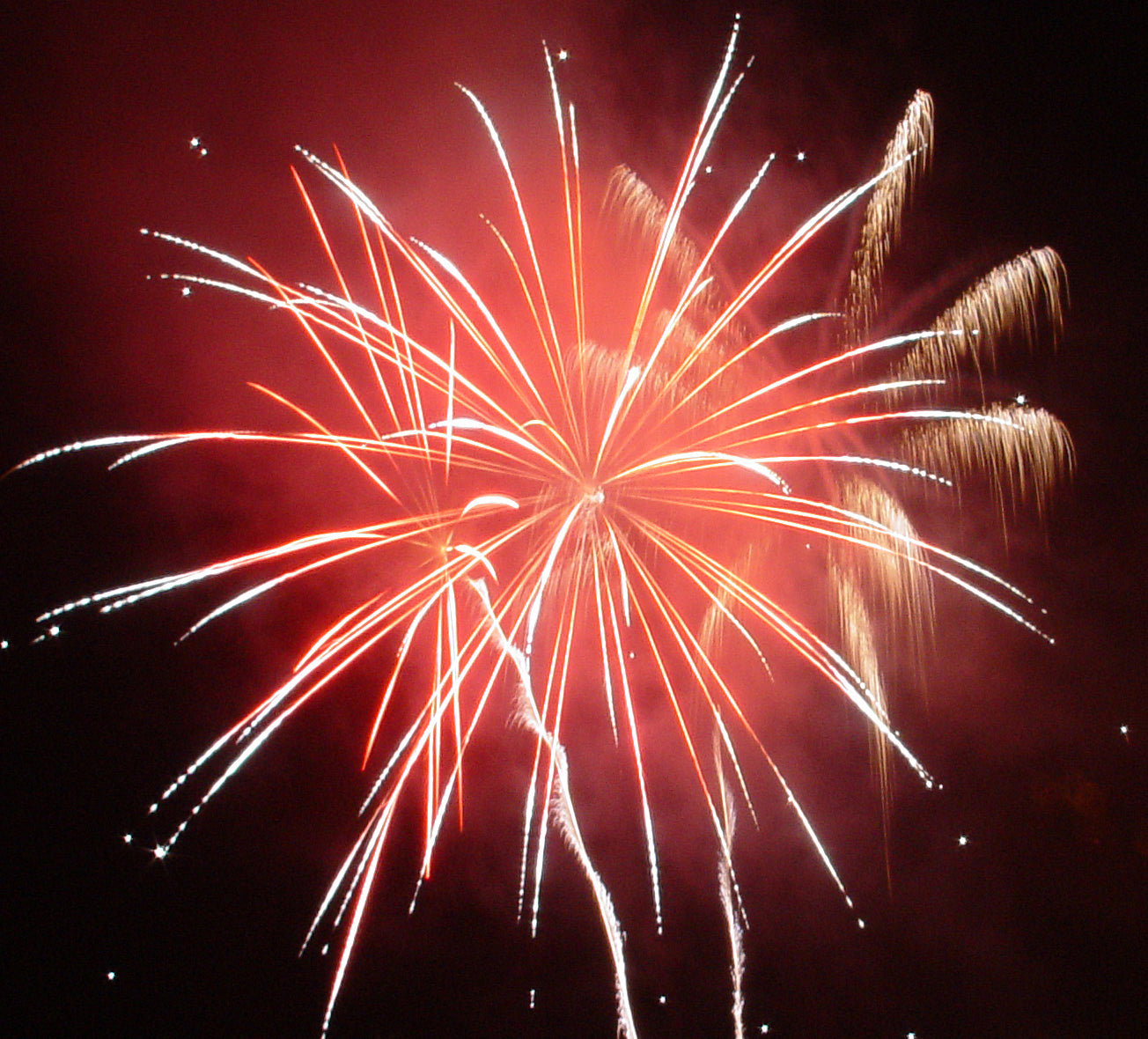
Thrissur Pooram 2014
Life in India, particularly in the Kerala District, is punctuated by a series of festivals dedicated to the village deities which were originally started to break up the monotony of the daily routine of the local farmers outside of harvest time. One such event is the magnificent Thrissur Pooram festival in Kerala’s city centre, outside of the Vadakkunnathan temple.
The Pooram starts in the early hours of the morning and concludes in the early hours of the following day. This year, the date will be 9th May 2014 and will include representation from 10 rival temples who will take part in a wide number of events including parades, music and dance.
The events start off with the unfurling of their own flag in a religious ceremony and then they all make their way to the central temple with parades of highly coloured, richly decorated elephants and dancers before ‘battling it out’ to see who can play their music the loudest and best on some strange curved horns and of course, drums.
The mahawat (the men who look after the elephant) are bedecked in themed costumes and carry their temple’s parasols, again highly decorated and all very different some made to look like their temples, others like bejewelled beach brollies and last year, they even had some created to look like peacocks.
The Pooram takes place at the conclusion of an 8-day Utsavam (festival) at any of the nine temples. Historically, Thrissur Pooram is said to be 200 plus years old. Originally, the ‘Pooram’ was some 17 kilometres away from Vadakumnathan and whilst attempting to get their parades to the venue. There were heavy rains delaying their arrival and because they were late, the chief of he Peruvanam denied them entry as a punishment. So incensed by this decision to stop them joining in the celebrations, they created their own ‘Pooram’ but thanks to the usual ‘in fighting’ this event fell by the wayside too.
Eventually, in the late 18th century, it fell to the ruler, his Highness Rama Varma Raja to unify the 10 temples and create the first-ever Thrissur Pooram as a mass festival split into the ‘East’ and ‘West’ factions according to where their place of worship is in relation to the centre of Kerala. This festival continues to this day using the same format as the original one all those years ago.
Today’s festival sees east meet west groups battle it out for supremacy as they show off their decorating, dance and performance skills to the best of their abilities.
Dancing and musical performances are at the heart of the celebrations in Kerala but each different dance style has its own very specific significance. Pang-cholam or Manipuri drum dance is where the drummers and other musicians dance and play in formation resulting in a very enjoyable enthusiastic demonstration of traditional drumming, choreography, rhythm and acrobatics and the bowl singers of Bengal which is a group using stringed instruments and a pair of drums called ‘Thabala’ creating a melodic sound, widely used for traditional and religious events.
One of the dances to watch out for is the Chhau Dance which is an amalgamation of dance and martial arts performed alongside a variety of drum types adding another dimension to the performance and feel of the music. The drums types include ‘Dhol’ (a cylindrical drum) ‘Dhumsa’ (a large kettle drum) and reed pipes called ‘Mohuri. All of the dance performances will include themes taken from folklore, religious study or historical writings.
All of the temples, with their elephants, dancers and musicians put on a fantastic show and at the conclusion of the event, in the early hours of the morning of the 10th May (3:00am till 6:00am) they hold a MASSIVE fireworks show. Now, as with anything you do over in Asia, they are not particularly Health and Safety conscious so safety distances are invariably given nothing more than a second thought so be prepared.
In conclusion, I have to say, having researched this event in detail over the last couple of years, whilst mainly for the fireworks, this is definitely on my bucket list if only to see caparisoned elephants first hand and so much colour, music and laughter in one place must be amazing.
